Now that winter is on its way (in the Southern Hemisphere), I am determined to keep my little one as warm and healthy as possible through the inevitable cold and illnesses that will come around.
This was something that hubby and I were thinking about even before LO arrived. Like a lot of New Zealanders, we live in an older house, and these homes often just weren’t built with comfort and convenience in mind. People seemed to just accept being cold as a part of life, and many of today’s homes have problems with condensation on windows, dampness and drafts. The attitude was just to put on some extra clothes – and still is to some degree!
So we have spent the last few years renovating to improve the warmth and weather-tightness (and value) of our home. Renovations in NZ are expensive compared to other countries, but the investment is definitely worth it if you can afford it. Not only do these changes make our home warmer, but they also make it more environmentally friendly as better weather-tightness means reduced power consumption for heating!
Some things that have made a big difference to the warmth of our home and our quality of living are:
- Upgrading our insulation in the ceiling and adding underfloor insulation as soon as we moved in (we took advantage of a government subsidy to do this)
- Replacing an old, draughty aluminium ranch-slider door with a new, large, double-glazed UPVC door (pricey, but it made a significant and immediate difference to the warmth of our lounge)
- Replacing a few of the older large windows with double-glazed ones (we are doing this in stages due to expense)
- Investing in thermal-backed curtains
- Adding insulation to exterior walls (also doing this in stages as it means tearing down the old plaster), and
- Adding to our home heating.
We prioritised the old, outdated, draughty bathroom and the baby’s room before he arrived, so now these are two of the warmest rooms in the house!
There are more upgrades planned, but these initial changes to our home will definitely help keep the winter chill at bay, and as a result should mean fewer colds for all family members this winter (fingers crossed!)
Do you have any suggestions on improving your home energy efficiency and warmth? I’d love to hear them!



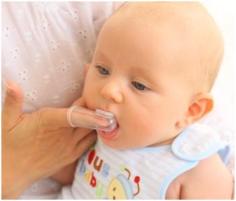
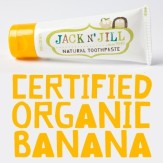
 So the little fella is about five months old now,
So the little fella is about five months old now,
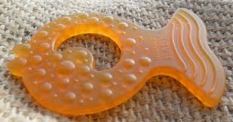

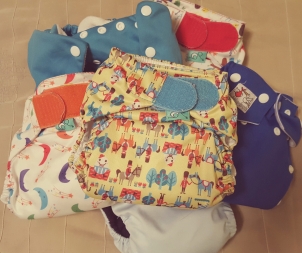 So to start with, I did a bit of research into cloth nappies. I knew a bit about them already, and also knew that I didn’t want to only use disposables if I could help it. However, not having any firsthand experience with nappies of any kind (nope, never), I didn’t want to commit to something that was maybe going to be overly difficult or stressful. I also didn’t want to rule out disposables all together, as there are just some times when you need the convenience factor! So I looked into some of the many reusable nappies on the market and decided that I would go with something that looked relatively simple to use.
So to start with, I did a bit of research into cloth nappies. I knew a bit about them already, and also knew that I didn’t want to only use disposables if I could help it. However, not having any firsthand experience with nappies of any kind (nope, never), I didn’t want to commit to something that was maybe going to be overly difficult or stressful. I also didn’t want to rule out disposables all together, as there are just some times when you need the convenience factor! So I looked into some of the many reusable nappies on the market and decided that I would go with something that looked relatively simple to use.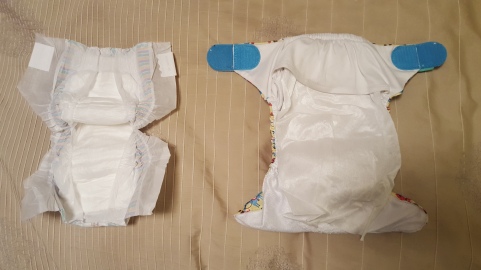 with an ‘all-in-one’ style of nappy and bought a stack of
with an ‘all-in-one’ style of nappy and bought a stack of